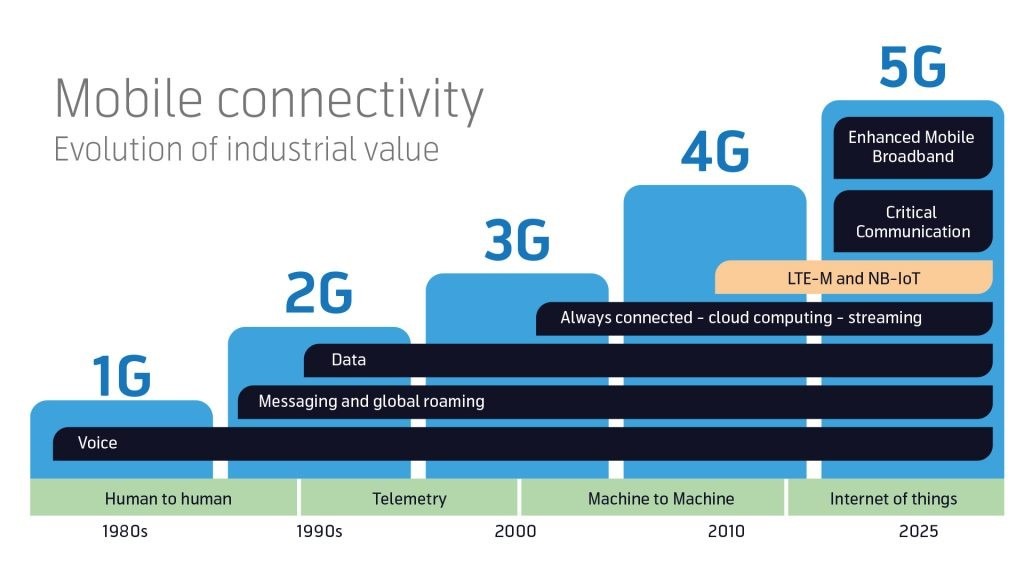Mobile IoT is an excellent choice for global IoT. It is a term that refers to the 3GPP standardised LPWA technologies using licensed spectrum bands such as NB-IoT and LTE-M. LPWA technologies are networks designed for IoT applications that are low cost, use low data ranges, require a long battery life and can operate in remote locations.
Mobile networks such as 2G-5G and Low Power Wide Area (LPWA) networks are typically chosen to connect mobile IoT devices but Wi-Fi, Bluetooth and others are also selected, usually for local or non-mobile applications. Cellular IoT offers the benefits of mobile technology and is therefore suited to devices that move as part of their regular use.
Connectivity is a crucial part of effective product design, and there the choice of connectivity technology and overall design must be considered early in the development process.
Curious about the transformative power of IoT? Explore our comprehensive section about IoT Technology.
Mobile connectivity has evolved from being the infrastructure for human communication to telemetry, machine-to-machine and the internet of things applications.

The mobile technology evolution from 1G to 4G is now continuing with 5G networks which use a combination of existing 4G LTE and new 5G New Radio (5G NR) technology. 4G and 5G have been designed to co-exist and applications designed for 4G, including LTE-M and NB-IoT, can be expected to have a very long life.
5G enhances 4G in three main use case areas:
Enhanced mobile broadband is currently targeted towards consumers that need ever-increasing bandwidth. It also enables new IoT use cases that require high data volumes, for example streaming video.
Critical communications demand a much faster response and increased quality of service and security. 5G introduces 5G New Radio Technology which uses a higher radio frequency.
Mobile IoT – LTE-M and NB-IoT – are forward compatible with the 5G NR technology, which means that LTE-M and NB-IoT technology can be used throughout the complete 5G life cycle.
At the same time as 5G starts to become available, operators are removing 2G networks from the market place so they can re-apportion the spectrum to other mobile technologies.
With tens of billions of devices connected by 2025, the number of use cases will also accelerate rapidly, taking IoT into new markets. At the same time, connection types are diversifying to take account of the different needs of IoT devices. The cellular market has been on a journey from 1G to 5G and 5G is now available, alongside earlier cellular generations, to connect devices that require very high speed, very low latency as well as the capability to connect huge numbers of IoT devices in densely packed areas.
There are many different IoT connection types to choose from and there is likely to be an optimum solution for all IoT device types that matches IoT device requirements with the application, the system, software and devices it needs to connect to and which takes account of coverage and availability at the deployment location.
Different connection types and devices are now coming together to create the hyperscale Internet of Things, driving innovation and increasing the scope of what is possible to achieve by connecting devices and bridging the digital and physical worlds.
LTE-M and Narrowband-IoT (NB-IoT) (Mobile IoT) have been designed specifically for the Internet of Things. LTE-M and NB-IoT support devices that need a long battery life and devices that need good network access in areas that are difficult to reach. These do not deliver the bandwidth of 5G but for many IoT use cases data rates and latency are more than sufficient and low power consumption means IoT devices can have a long service life.